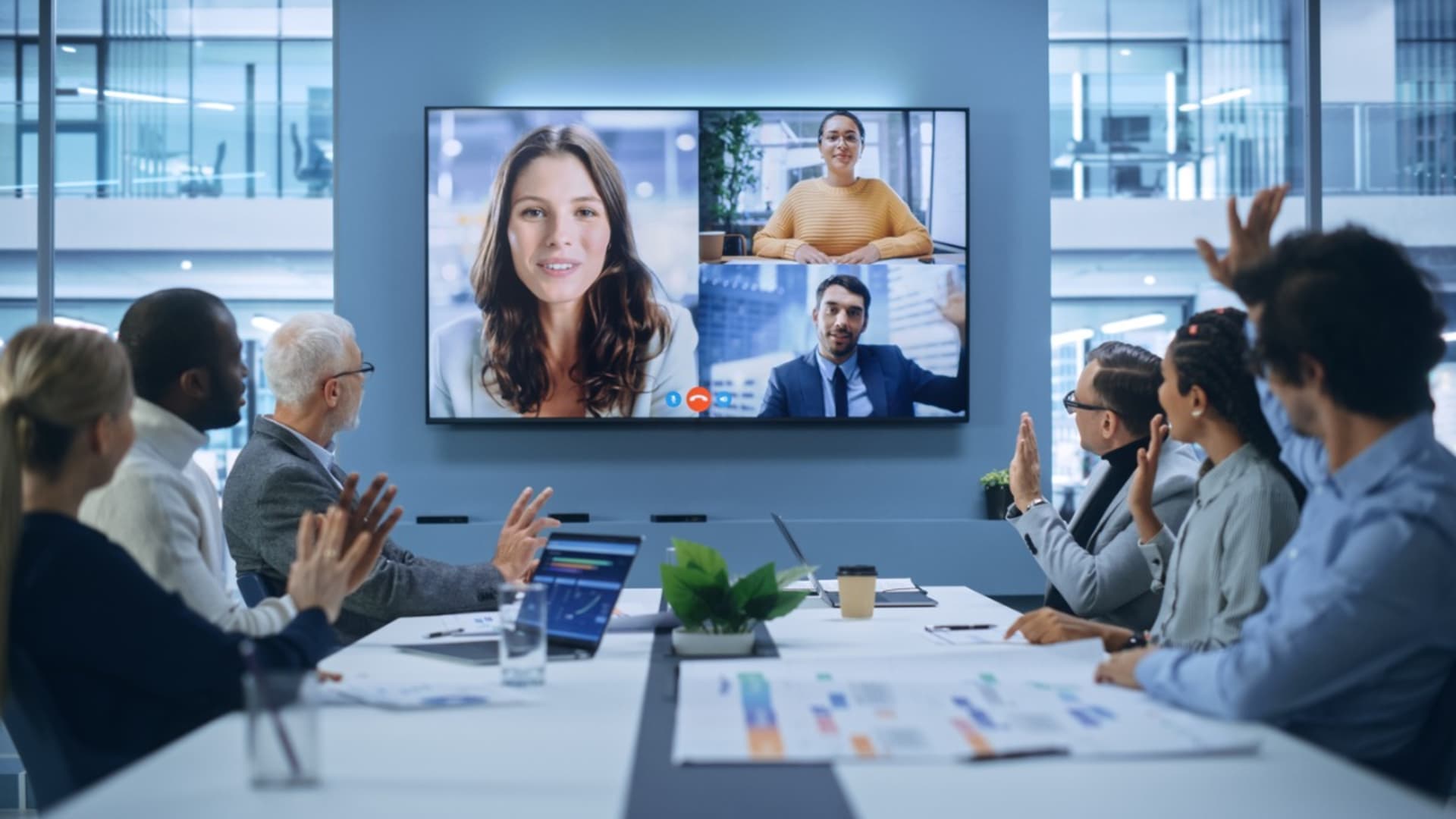By Maicco Ferreira, Project Manager at BairesDev
Web accessibility means anyone can access, read, understand and use your web content. This subject is not usually discussed in development groups or boot camps, and many people have no idea of the economic impact this has. In part, this could be because web accessibility is not as prioritized by Product or Engineering Managers. New features and other tasks, like fixing bugs or solving other technical issues, might take a higher priority.
This position is understandable, since there might be more pressing results to deliver to clients. However, if we want to build products that are increasingly profitable and comprehensive for a vast majority of users, thinking about their accessibility becomes the only way forward, and I will explain why.
According to the CDC, approximately 26% of the U.S. population has at least one disability. When it comes to using computers, smartphones, or other devices, the following numbers point to an undeniable need to cover more than just the basics for these populations:
- 5.7% of adults are deaf or have serious hearing difficulties.
- 4.9% of adults have difficulty seeing even when they wear glasses or are completely blind.
In the U.S., there are approximately more than 300 million people who use computers or smartphones. An estimated proportion would then mean there are:
- 18.8 million adults who are deaf or hard of hearing.
- 16.17 million who have difficulty seeing even with glasses or are blind.
Those estimated 35 million people deserve accessible options and should be considered in our product planning, and this is considering only the U.S. In the U.S. alone, the ADA estimates a loss of $16.8 billion for the lack of web accessibility. Now let’s imagine the worldwide population and the fact that some regions might have a higher proportion of people with hearing and sight disabilities.
Regulation of Web Accessibility: A Serious Matter
Restaurant chain Domino’s has been sued by a user who was unable to place an order when trying to use the website and mobile app. The Supreme Court ruled that the company disobeyed the guidelines of the WCAG 2.0.This refers to Web Content Accessibility Guidelines, published by the W3C Consortium, an organization that serves as an open forum for discussion about the web. The WCAG document provides recommendations for making web content more accessible, and it is a reputable parameter to assess a site’s accessibility.
Domino’s case is only one of thousands of cases. In the year 2018, more than 2200 lawsuits were opened on the subject, and more than 4060 in 2022.

Source: UsableNet
Since 1998, section 508 of the Rehabilitation Act of 1973 has been in place and sees web application websites as “places of public accommodation,” especially those hosting federal public services. In addition, private entities that receive federal funding have the obligation to comply with the WCAG 2.0 standard.
Americans With Disabilities Act
The Americans With Disabilities Act (ADA) governs everything related to web accessibility and determines that every site must be accessible and usable by all people with a disability, if it is a site open to the public. That is, your site must be navigable using assistive technology, which refers to any item, equipment or software that can be used to improve the capabilities of persons with any disability. Some examples of assistive technology are Apple’s VoiceOver, Android’s TalkBack and even physical aids like prosthetic limbs.
In addition, all websites and pages must have a “text equivalent” for images or graphics that contain the information.

Source: University of Dayton

Source: Harvard University
This resource by the Harvard University also contains valuable guidelines on how to write good alt texts.
European Union
Unlike the United States, the European continent uses a standard WCAG 2.1 level AA based on the requirements of web accessibility policy. All of this guidance stems from the European Accessibility Act (Europe does not have a specific law, but directives to govern public accommodations in the member states, and these have autonomy of interpretation). It is important to remember that the directives exempt NGOs, schools and public services if they offer services to people with disabilities.
Types of Web Accessibility
Now that we have reviewed some statistics and understand the need for accessibility according to legal regulations, we can learn a few A11Y (it is read as “Ally”) concepts before we discuss technical aspects.
Structural
The vast majority of websites can be tested for this aspect, which includes navigating using the keyboard to make sure that no element is missed using the typing device. If a site is not easily navigable with a mouse, we should make adjustments to make it navigable using the keyboard. Alternatively, there can be alt texts for buttons or even shorter pages.
Contrast
The W3C specifies that the colors used on websites must have a contrast ratio that does not disturb people with some vision difficulties. Buttons, texts, diagrams, maps or images—all components should be easily visible to anyone. In particular, the WCAG 2.1 AA guideline specifies that a contrast ratio, a property of the display system regarding the ratio of luminance of the brightest shade to the darkest shade, between text and background must be:
- 4.5:1 for normal (body) text
- 3:1 for large texts

Source: Texas A&M University
If in the image above, the left column doesn’t look good to you, you can imagine it is troublesome for a person with a visual disability.
Informational
Another way of approaching accessibility is to think about the content in addition to the structure and navigability. Avoid complex words, sentences or very long paragraphs. Anything that could make life difficult for users should be avoided. In some cases, UX writers will hone the text to make it concise and clear.
Getting Technical—How to test my website?
Yes, there are several automated ways (I know you’re relieved now; after all, doing manual testing isn’t exactly fun, but manual testing is still the most reliable method to assess accessibility) to check a site’s accessibility compliance according to the WCAG 2.0 or WCAG 2.1 standards we mentioned earlier.
ADA Site Compliance
The official ADA website offers a verification service for built sites, but does not offer integrated tests, which can come in handy if you are planning to be compliant on all of your current and future pages.
W3C
The W3C website has a specific section that lists A11Y tools. These are free and open-source options that can help verify your sites.
Accessible Colors
This service helps a lot with contrast ratios in web texts and can improve the final product, despite the simple approach. There are other options available, such as Accessible Brand Colors, which follows the guidelines of the ADA.
Epilepsy Tests
This University of Maryland tool is highly recommended if you use content that makes the screen blink.
Paid Options
There are more integrated and robust solutions, like integrated tests as a rule for any new web route or web page, and the option of keeping pages that do not pass these tests from being published.
What Can We Do Going Forward?
I recommend following some practices that implement what we’ve discussed in this article. (If you follow these, that’ll be a big win for this writer!)
- Simple check – Use a simple tool to quickly check for web a11y issues in your browser. You can obtain this kind of tool by quickly searching online and finding one that meets your needs the best.
- Build a process – Integrate a web a11y tool into your project, so web accessibility tests can be added programmatically and catch errors as the site is being built.
- Continuous integration – Don’t forget to implement a Git tool that finds web a11y issues in your pull requests.
- Impairment simulation – With a simulation tool you might find online, like this one by UserWay, you can achieve an almost 100% accessible website. As the University of Cambridge suggests, simulating impairment teaches us about the different vision conditions, and it also helps communicate the corresponding real-world issues to others.
Recommendations From a Project Manager Perspective
We know projects aren’t always smooth and easy, especially if you need to deal with numerous teams at the same time and coordinate efforts to make sure you’ll deliver by due dates within scope and budget. Keep in mind that these different squads have different objectives throughout the year, and it’s the Project Manager’s responsibility to keep all the information aligned and available, so here are some suggestions based on a previous experience when I had to work with over 30 teams simultaneously 🤯 :
- If you have a project tracking tool, don’t waste time — bring all the scope into it. This will create a sense of ownership for every team involved. Also, if a task doesn’t exist, it won’t be done. Keep that in mind!
- Inform every Engineering Manager or Tech Leader about your actions and ask them if there’s any chance you might be stepping on each other’s toes. This is crucial because if you cause any tensions with them, it could hinder your plans.
- Keep tabs on the teams that have the most web a11y issues — maybe a weekly meeting would help check how things are moving and offer some support if needed.
Final Thoughts
A recent report by Forbes states that there are over 1.13 billion websites and that a new website is created every three seconds. Considering the 5.16 billion internet users in 2023, this is why it’s crucial to push for accessibility: it cannot be overlooked. There are so many people who will want to know and use our products without having to make an extra effort to get past barriers that could have been prevented.
Thinking about web A11Y is also thinking about our future. As we age, we might have vision problems and will have to wear glasses to compensate for the losses. We will inevitably have to resort to OS features such as increasing the font size, magnifying, or even using a screen reader. It is our responsibility as designers, developers or tech managers to build sites thinking accessibility-first, sites that are prepared for those who have these deficiencies today and for those who might face them in the future.






